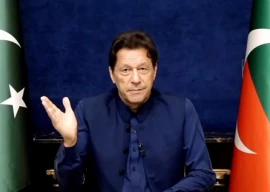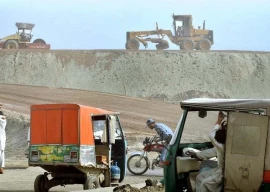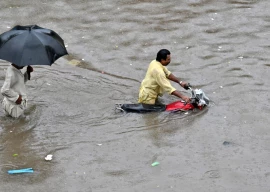
According to the World Health Organization, “vectors are living organisms that can transmit infectious diseases between humans or from animals to humans.” The integrated management system is a key component of the prevention mechanism against diseases that are caused by pathogens and parasites. According to a health department official, several high-risk areas have been earmarked for the implementation of the processes. “In the past, the department never focused on preventive measures,” he said, adding a plan has already been chalked out in this regard.
By the numbers
According to statistics provided by department officials, over 5,000 people have been diagnosed with leishmaniasis, the skin disease, in K-P since 2013. The cases were reported from almost all districts of the province.

IVM programme manager Dr Khalid Iqbal confirmed the PC-1 has been approved for the system. Talking to The Express Tribune, Iqbal said the numbers are likely to decrease as fumigation drives are also under way.
The programme manager said so far no dengue case has been reported this year, adding the Hazara belt, Swat, Malakand, DI Khan, Tank and Lower Dir remain high-risk areas for the disease. “Prevention is our primary target and we are striving towards it,” he noted.
Meanwhile, 66,000 cases of malaria are reported annually in K-P. Iqbal said doctors and paramedics are being trained to target larvae in designated areas, adding district committees will also be formed to monitor the campaigns.
Published in The Express Tribune, April 3rd, 2015.














1715142871-0/imfsalary-(1)1715142871-0-270x192.webp)










COMMENTS
Comments are moderated and generally will be posted if they are on-topic and not abusive.
For more information, please see our Comments FAQ